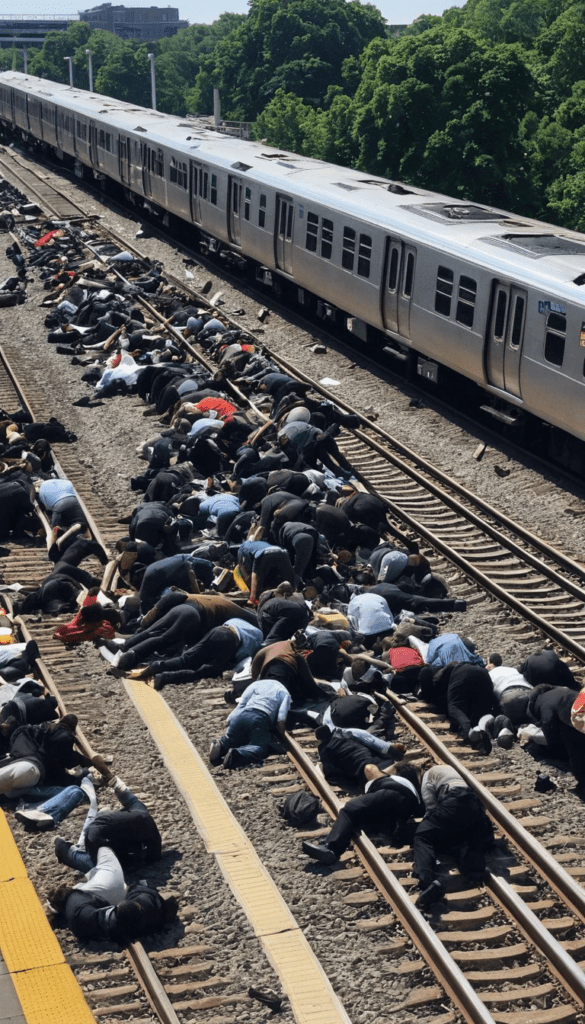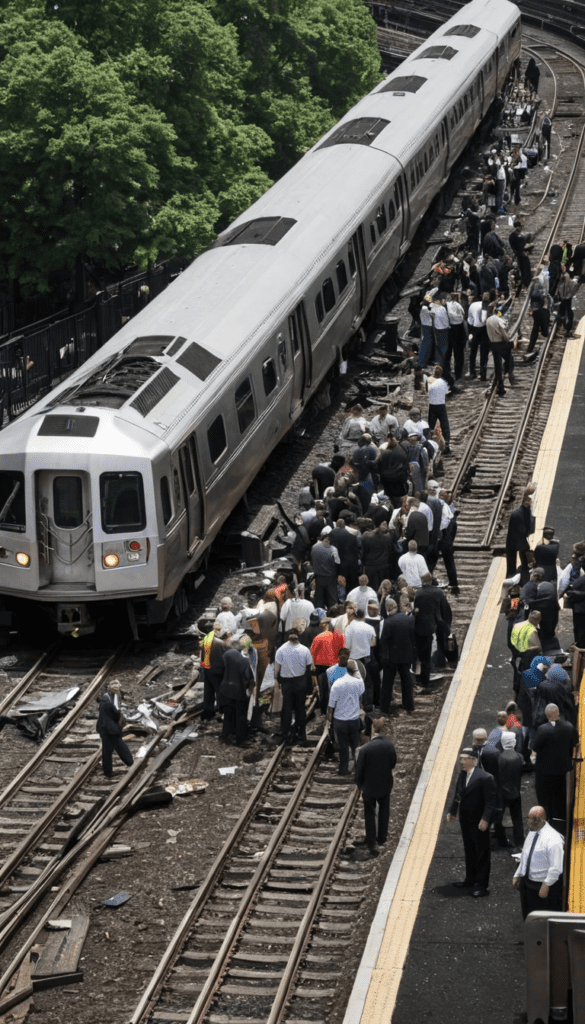The LIRR Massacre, also known as the Long Island Rail Road shooting, was a mass murder that resulted in 6 deaths and 19 non-fatal injuries. On December 7, 1993, an individual shot passengers on a commuter train on the New York MTA’s Long Island Rail Road between New York City and Hicksville, Long Island. The gunman, Colin Ferguson, began to fire on passengers, killing six and injuring 19 other people, before three courageous commuters brought him down.

The rampage jolted the country and led to a national conversation on gun control, safety for commuters, and mental health. Ferguson acted as his own attorney at trial and was later sentenced to 315 years to life in prison. It remains one of the deadliest commuter train shootings in American history.
LIRR Massacre: The Tragic 1993 Shooting Incident
The Long Island Rail Road (LIRR) Massacre was a horrifying mass shooting that took place on December 7, 1993, aboard an LIRR train traveling from New York City to Hicksville. The shooter, Colin Ferguson, opened fire on unsuspecting passengers, killing six people and injuring 19 others before being subdued by heroic passengers.
Timeline of Events
Below is the Timeline of the event.
December 7, 1993 – A Normal Evening Commute Turns Tragic
| Time | Event |
|---|---|
| 6:00 PM | LIRR train departs Penn Station, heading eastbound towards Hicksville. |
| 6:20 PM | The train reaches the Merillon Avenue Station when Colin Ferguson, armed with a Ruger P89 9mm handgun, begins shooting randomly at passengers. |
| 6:22 PM | Panic erupts as passengers try to flee or take cover. |
| 6:24 PM | Ferguson is tackled and subdued by three passengers: Kevin Blum, Mark McEntee, and Mike O’Connor, preventing further casualties. |
| 6:30 PM | Emergency responders arrive; Ferguson is arrested without resistance. |
| 6:40 PM | Victims are transported to local hospitals; six passengers are pronounced dead. |
Victims of the LIRR Massacre
The Lives Lost
The shooting claimed the lives of six innocent passengers:
- Maria Teresa Tumangan Magtoto – 30 years old
- James Gorycki – 51 years old
- Dennis McCarthy – 52 years old
- Annie Cardona Toro – 47 years old
- Richard Nettleton – 24 years old
- Kevin McCarthy – 27 years old
Additionally, 19 others were wounded, some suffering lifelong physical and psychological trauma.
Colin Ferguson: The Shooter
- Born: January 14, 1958, in Kingston, Jamaica
- Motive: Alleged racial grievances and paranoia
- Mental Health Issues: Displayed erratic behavior before the attack
- Weapon Used: Ruger P89 9mm handgun
- Number of Shots Fired: Approximately 30 rounds

The Aftermath and Trial
Colin Ferguson’s Trial
- Refused legal representation, opting to represent himself in court.
- Showed no remorse and even cross-examined his own victims.
- Found guilty of murder and attempted murder.
- Sentenced to 315 years and 8 months to life in prison, ensuring he would never be released.
Impact on Gun Laws & Safety Measures
Following the massacre, there were significant changes in gun control laws and public transportation security:
- New York passed stricter gun laws, limiting access to firearms.
- Metal detectors and surveillance cameras were introduced in certain stations.
- Stronger security measures were put in place to protect passengers.
Conclusion: Remembering the Victims
The LIRR Massacre remains one of the most tragic incidents in New York history. It sparked debates about gun control, mental health awareness, and public safety, leading to reforms in transportation security. The victims and their families continue to be remembered, ensuring that their loss was not in vain.
Q1: What was the LIRR Massacre?
A1: The LIRR Massacre was a tragic mass shooting that occurred on December 7, 1993, aboard a Long Island Rail Road commuter train in Garden City, New York. Gunman Colin Ferguson opened fire on passengers, killing six people and injuring 19 others before being subdued.
Q2: Who was responsible for the LIRR Massacre?
A2: The shooter was Colin Ferguson, a Jamaican immigrant who acted alone. He was convicted of multiple counts of murder and attempted murder and sentenced to life in prison without parole.
Q3: What was the aftermath of the LIRR Massacre?
A3: The massacre led to stricter gun control advocacy in the U.S., including legislative efforts by victims’ families, most notably Carolyn McCarthy, who later became a U.S. Congresswoman fighting for gun safety reforms.
💐 May they rest in peace.
